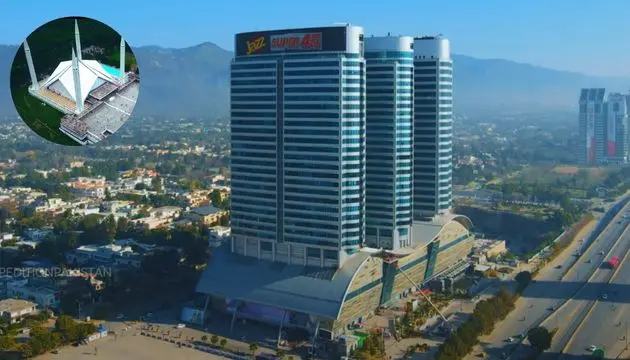ISLAMABAD: After over ten years, most of the blocked U-turns and squares in the capital city have been reopened, with more than 95 percent now accessible. This change has made traffic flow easier for residents, thanks to the work of the local administration.
A private newspaper reported that this has helped drivers a lot. Before, road closures forced them to take longer routes, which used more fuel and time.
Many citizens are happy with the decision and hope the U-turns and squares stay open and are not closed again to manage traffic.
Deputy Commissioner Irfan Memon said, “The reopening happened because everyone worked together.” He added that the decision to keep these roads open is permanent.
While most people support the local administration and capital police for this move, some worry it could cause traffic jams in the city.
ALSO READ
Punjab introduces branchless banking for forest workers’ payments
A senior police officer said the traffic police would need more staff to manage the reopened intersections, especially those without traffic signals.
In 2011, city officials and police closed many crossings and U-turns due to “security concerns and traffic flow.” The closures happened because the traffic police lacked enough staff and resources.
An anonymous senior official said closing over 70 intersections made it harder for pedestrians, especially schoolchildren, to cross safely. He noted that the closures were more about a shortage of staff than security or traffic issues.
The Islamabad Traffic Police (ITP), a law enforcement agency, started and carried out the closures, even though they are not responsible for traffic planning. While some closures were for security, most were not.
Many residents were concerned about signal-free intersections, which allowed drivers to speed and made it harder for pedestrians to cross. A resident of Islamabad’s G-6, said, “Crossing from G-7 to G-8 or G-6 to G-7 was tough because of fast traffic and no signals.”
ALSO READ
Islamabad illegal buildings to be tracked through satellite mapping
A senior official from the Capital Development Authority (CDA) said Islamabad had become unusually signal-free compared to other cities.
He noted that closing intersections removed most zebra crossings, which are common in developed countries where pedestrians have more rights. In those countries, pedestrians can stop traffic by pressing a button at traffic lights to cross safely.
An other resident of from Islamabad F-8 Sector, said, “Now that U-turns and crossings are open, drivers must follow traffic rules to avoid jams.”
A senior citizen from F-10, said the reopened U-turns and squares in the busy F-10 Markaz have made it easier for drivers to cross main roads.
A senior journalist who visited China said that there, drivers avoid taking the first U-turn after entering a highway from a side road, not because of a rule but to help traffic flow. He hopes people in Pakistan will adopt similar habits.
Earlier, The Capital Development Authority (CDA) has announced that it will collect development charges from people who own plots in several developing and under-developed residential sectors of Islamabad.
ALSO READ
Top 1000 e-challan defaulters face strict action in Lahore
A notification signed by Director Land and Rehabilitation, Sania Hameed Pasha, on May 7, states that the development charges will be Rs9,000 per square yard.
These charges will apply to plot owners in sectors C-13, C-14, C-15, C-16, C-17, I-11, I-12, I-14, and I-15, which are still under development. The CDA board decided on August 13, 2024, to collect these charges in instalments.











